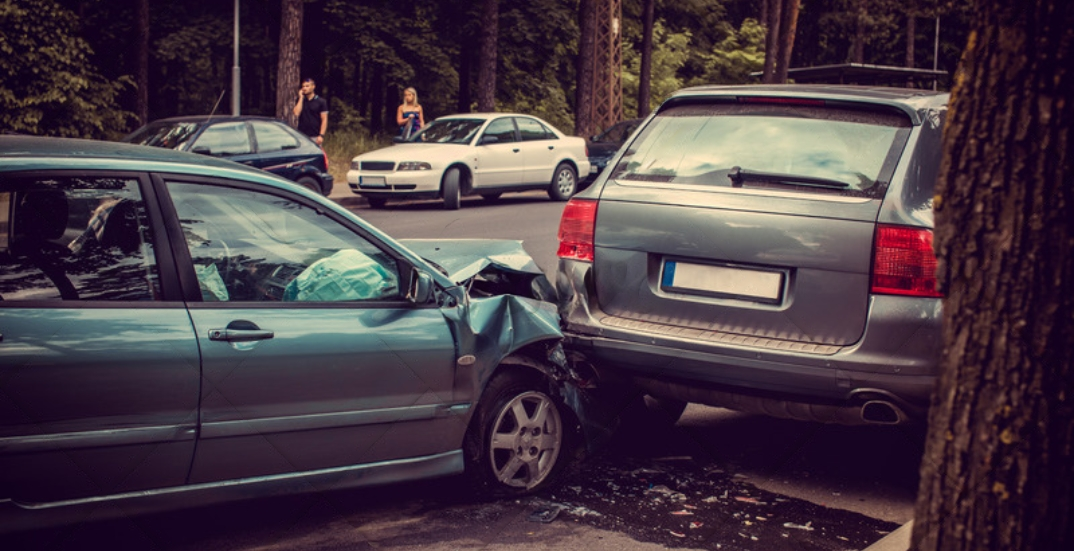
The last thing anybody expects is that they will sustain an injury caused by the negligence of another person. Unfortunately, injuries do occur, and they can lead to significant setbacks for a victim. Ideally, anytime somebody is harmed due to the negligence of another person, the case will be settled quickly, and the injury victim will receive full compensation for their losses. However, there are times when both parties fail to reach a mutual agreement. When this happens, a personal injury lawsuit may be necessary.
There is much confusion around the word “litigation” when it comes to personal injury cases. It does an injury victim no good to hear that a Martinsburg injury attorney has more than three decades of litigation experience if they are uncertain of what “litigation” even means.
What Does Litigation Mean?
In its most simple definition, the word litigation simply means the process of taking legal action. When a personal injury victim tries to settle with the at-fault party through insurance carriers, the case is not yet being litigated because a lawsuit has not been filed. However, as soon as a personal injury lawsuit is filed, the litigation process has begun. The personal injury litigation process is briefly described here.
1. Discovery
The first step with a personal injury case is important because it is likely that the parties involved will not have all of the evidence necessary to support their claim in court. The discovery phase is all about “discovering” all evidence necessary to support the position of each side. Both parties will be able to request documents of the other opposing side, and the opposing side is required to respond or produce written responses and documents as requested. During this discovery phase, either party can file subpoenas for witnesses, take depositions of all parties involved, and conduct investigations to gather any additional evidence.
2. Motions
Motions are not uncommon in personal injury cases and are typically filed to ask a question of a judge. Some of the pretrial motions that may be filed can include motions regarding discovery in which one side may disagree with the other side about the evidence produced and delivered. There may be a motion for summary disposition that lets the court know that one side does not agree with the other about any relevant facts pertaining to the case. There could also be a motion to dismiss in which one side asked the court to throw out the case based on various grounds.
3. Expert Witnesses
After the case begins to come together and discovery is ongoing or complete, it may be necessary for one or both sides involved to retain expert witnesses who can testify in support of their claim. Expert witnesses can include, but are not limited to, doctors, psychologists, accountants, private investigators, and more.
4. Trial Prep
Attorneys will need to prepare the case for trial. Preparation can include meeting witnesses, preparing witnesses to give testimony at hearings or in depositions, and filing and responding to various motions.
5. Trial
While most personal injury cases are handled out of court, ultimately, it may be necessary to take a case to trial. At a trial, you and your accident attorney will have the opportunity to present evidence and documents you have gathered during the discovery process to a jury. The opposing side will have the opportunity to do the same. Ultimately, a jury will make a decision about the facts of the case and award damages, if appropriate.




